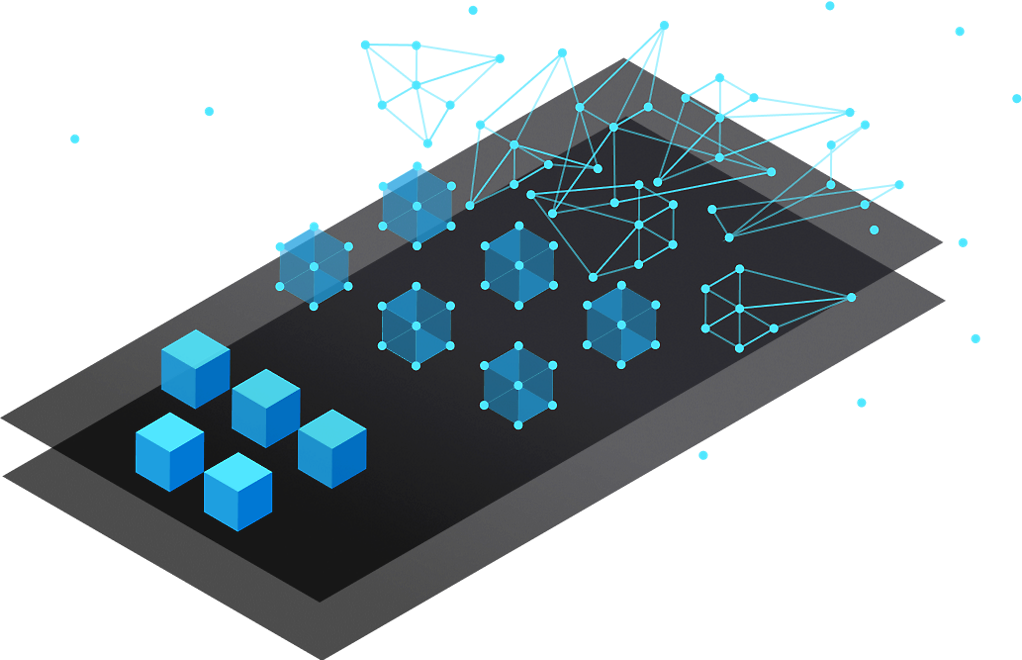What is machine learning?
-
The science of training machines to analyze and learn from data the way humans do.

What is machine learning and how does it work?
-
Machine learning (ML) is the process of using mathematical models of data to help a computer learn without direct instruction. It’s considered a subset of artificial intelligence (AI). Machine learning uses algorithms to identify patterns within data, and those patterns are then used to create a data model that can make predictions. With increased data and experience, the results of machine learning are more accurate—much like how humans improve with more practice.
-
The adaptability of machine learning makes it a great choice in scenarios where the data is always changing, the nature of the request or task are always shifting, or coding a solution would be effectively impossible.

How machine learning relates to AI
Machine learning is considered a subset of AI. An “intelligent” computer thinks like a human and carries out tasks on its own. One way to train a computer to mimic human reasoning is to use a neural network, which is a series of algorithms that are modeled after the human brain.
How machine learning relates to predictive analytics
Although machine learning is a type of predictive analytics, a notable nuance is that machine learning is significantly easier to implement with real-time updating as it gains more data. Predictive analytics usually works with a static dataset and must be refreshed for updates.
How machine learning relates to deep learning
Deep learning is a specialized form of machine learning, using neural networks (NN) to deliver answers. Able to determine accuracy on its own, deep learning classifies information like a human brain—and powers some of the most human-like AI.
The benefits of machine learning
Machine learning has many applications—and the possibilities are constantly expanding. Here are some of the top benefits that businesses have achieved with their machine learning projects:
Uncover insight
Machine learning can help identify a pattern or structure within both structured and unstructured data, helping to identify the story the data is telling.
Improve data integrity
Machine learning is excellent at data mining and can take it a step further, improving its abilities over time.
Enhance user experience
Adaptive interfaces, targeted content, chatbots, and voice-enabled virtual assistants are all examples of how machine learning can help optimize the customer experience.
Reduce risk
As fraud tactics constantly change, machine learning keeps pace—monitoring and identifying new patterns to catch attempts before they’re successful.
Anticipate customer behavior
Machine learning can mine customer-related data to help identify patterns and behaviors, letting you optimize product recommendations and provide the best customer experience possible.
Lower costs
One machine learning application is process automation, which can free up time and resources, allowing your team to focus on what matters most.
Machine learning techniques
Supervised learning
Addressing datasets with labels or structure, data acts as a teacher and “trains” the machine, increasing in its ability to make a prediction or decision.
Unsupervised learning
Addressing datasets without any labels or structure, finding patterns and relationships by grouping data into clusters.
Reinforcement learning
Replacing the human operator, an agent—a computer program acting on behalf of someone or something—helps determine outcome based upon a feedback loop.
How machine learning works to solve problems
Here is an overview of the machine learning process that is used to solve problems:
Step 1: Collect and prepare the data
Once data sources are identified, available data is compiled. The type of data that you have can help inform which machine learning algorithms you can use. As you review your data, anomalies are identified, structure is developed, and data integrity issues are resolved.
Step 2: Train the model
The prepared data is split into two groups: the training set and the test set. The training set is a large portion of your data that’s used to tune your machine learning models to the highest accuracy.
Step 3: Validate the model
When you’re ready to select your final data model, the test set is used to evaluate performance and accuracy.
Step 4: Interpret the results
Review the outcome to find insights, draw conclusions, and predict outcomes.
What can machine learning do?
Predict values
Helpful in identifying cause and effect between variables, regression algorithms create a model from values, which are then used to make a prediction. Regression studies help forecast the future, which can help anticipate product demand, predict sales figures, or estimate campaign results.
Identify unusual occurrences
Often used to spot potential risk, anomaly detection algorithms pinpoint data outside anticipated norm. Equipment malfunction, structural defect, text errors, and instances of fraud are examples of how machine learning can be used to address concern.
Find structure
Clustering algorithms are often the first step in machine learning, revealing the underlying structure within the dataset. Categorizing common items, clustering is commonly used in market segmentation, offering insight that can help select price and anticipate customer preferences.
Predict categories
Classification algorithms help determine the correct category for information. Bearing similarity to clustering, classification is different in that it is applied in supervised learning, where predefined labels are assigned.
What does a machine learning engineer do?
Machine learning engineers work translate the raw data gathered from various data pipelines into data science models that can be applied and scaled as needed. A machine learning engineer connects that structured data to the models defined by the data scientists they work with. In addition, machine learning engineers also develop algorithms and build programs that enable machines, computers, and robots to process incoming data and identify patterns.
A brief primer on machine learning algorithms
Machine learning algorithms identify patterns within data, helping data scientists solve problems. Machine learning algorithms can predict values, identify unusual occurrences, determine structure, and create categories. Depending upon the type of data you have and the outcome you’re looking for, you’ll use different algorithms. Algorithms are typically grouped by technique (supervised learning, unsupervised learning, or reinforced) or by family of algorithm (including classification, regression, and clustering). Learn more about machine learning algorithms.
How different industries use machine learning
Businesses across industries are using machine learning in a wide variety of ways. Here are some examples of machine learning in key industries:
Banking and Finance
Risk management and fraud prevention are key areas where machine learning adds tremendous value in financial contexts.
Healthcare
Diagnostic tools, patient monitoring, and predicting outbreaks are some of the many examples of how machine learning can help improve patient care.
Transportation
Traffic anomaly identification, delivery route optimization, and self-driving cars are examples of ways machine learning can create positive impact in transportation.
Customer service
Answering questions, gauging customer intent, and providing virtual assistance are examples of how machine learning supports the customer service industry.
Retail
Machine learning helps retailers analyze buying patterns, optimize offers and pricing, and use data to improve the overall customer experience.
Agriculture
Developing robots to address labor shortages, diagnosing plant diseases, and monitoring the health of the soil are examples of ways machine learning can improve agriculture. Watch this video to see an example of how machine learning helped increase farmers’ crop yield by 30%.
What to look for in a machine learning platform
When selecting a machine learning platform, look for a solution with the following features:
Cloud computing
Easy to set up and deploy, the cloud is perfect for handling workloads of all sizes, letting you connect data sources and scale on demand—without requiring advanced knowledge.
Accessible development environment
The ideal platform supports all skill levels with accessible authoring options. It should help you realize the benefits of machine learning whether you work extensively in code or prefer automated tools and drag-and-drop interfaces that don’t require any coding experience.
Built-in support for familiar machine learning frameworks
Whether it’s ONNX, Python, PyTorch, scikit-learn, or TensorFlow, look for a platform that lets you work with the tools you know and love.
Enterprise-grade security
Look for a platform that comes with enterprise-level governance, security, and control that helps you protect your infrastructure.

Bring your machine learning models to market faster
Simplify the way you build and deploy models with no-code automated machine learning capabilities, open-source support, and robust DevOps for machine learning.